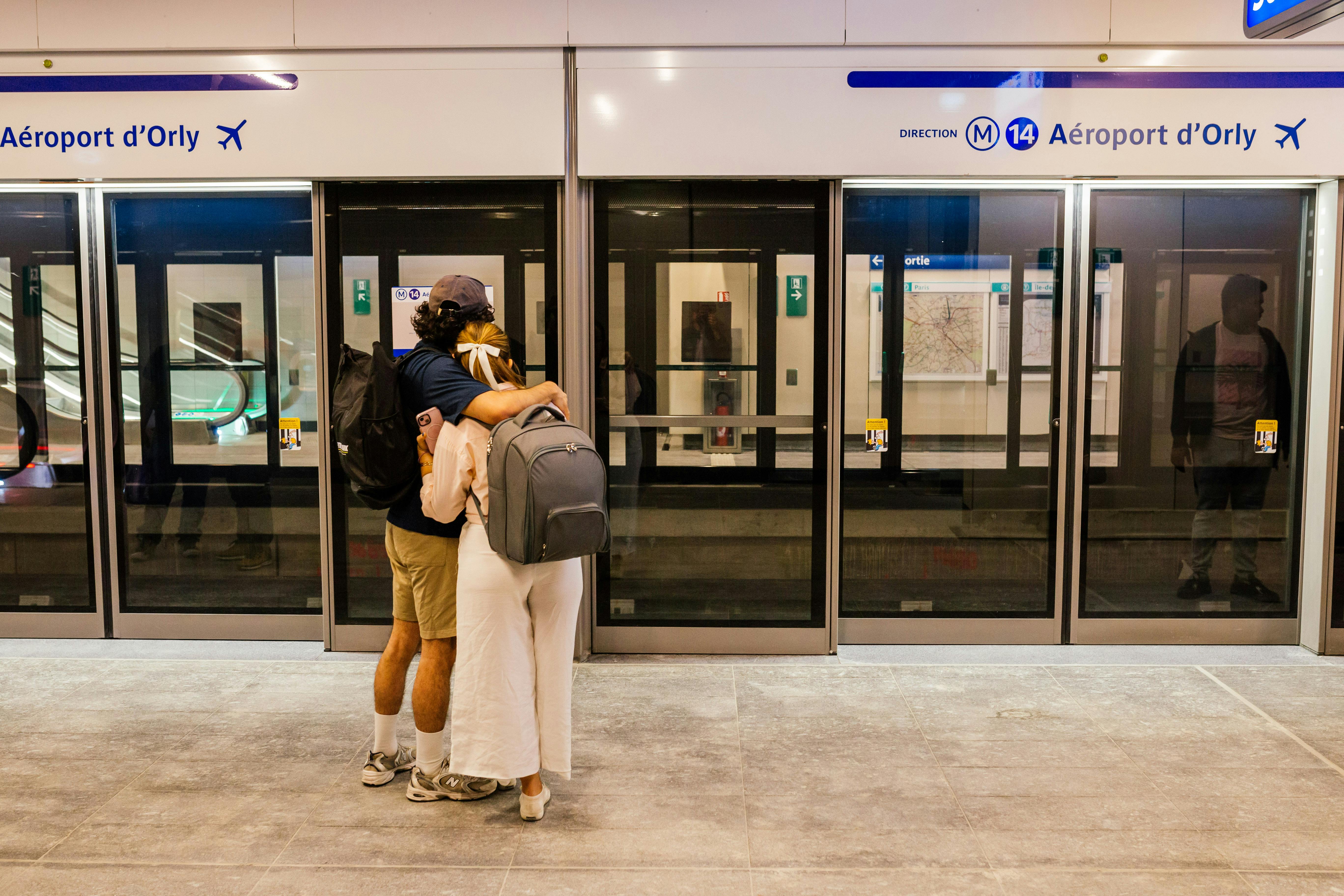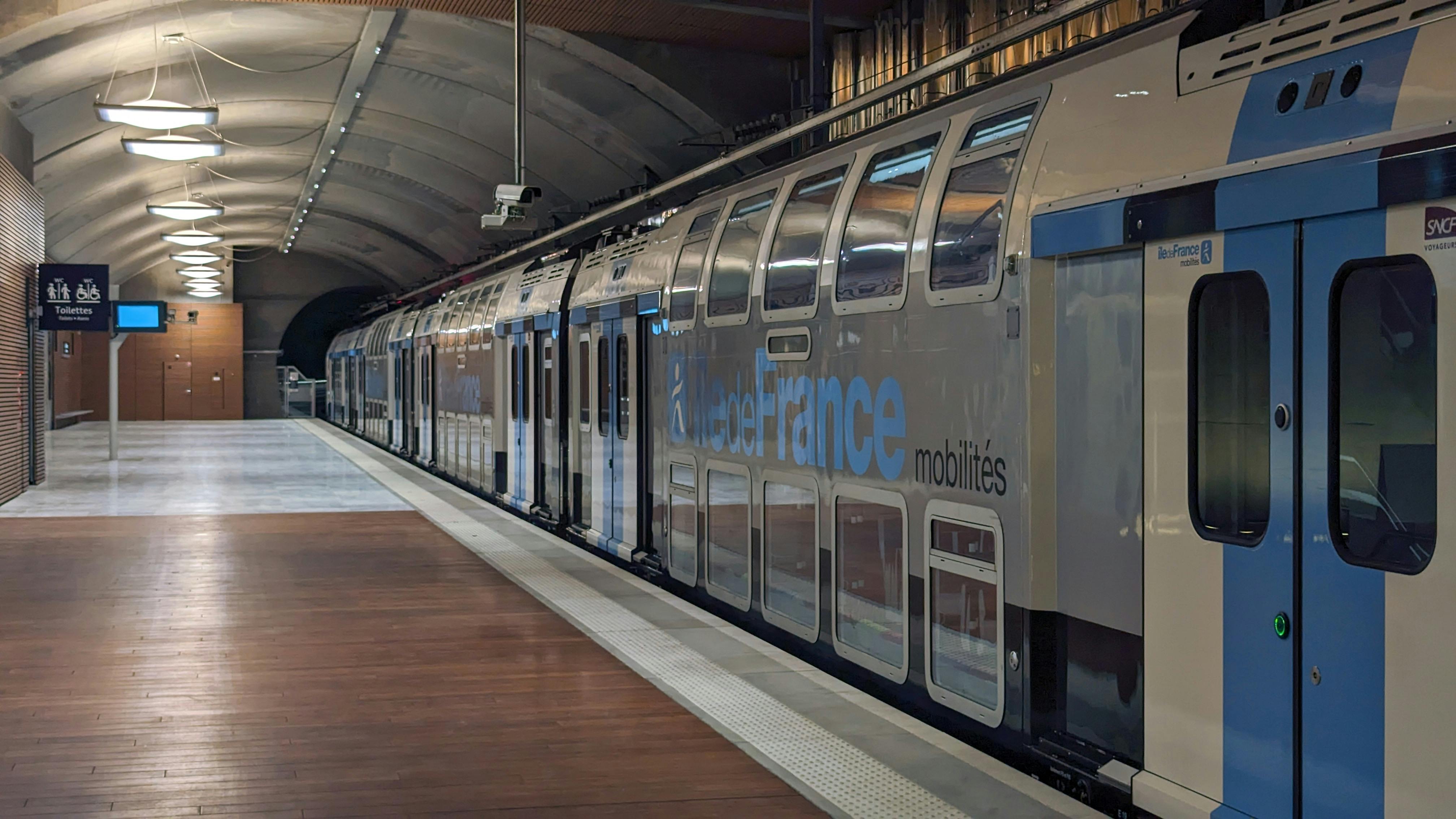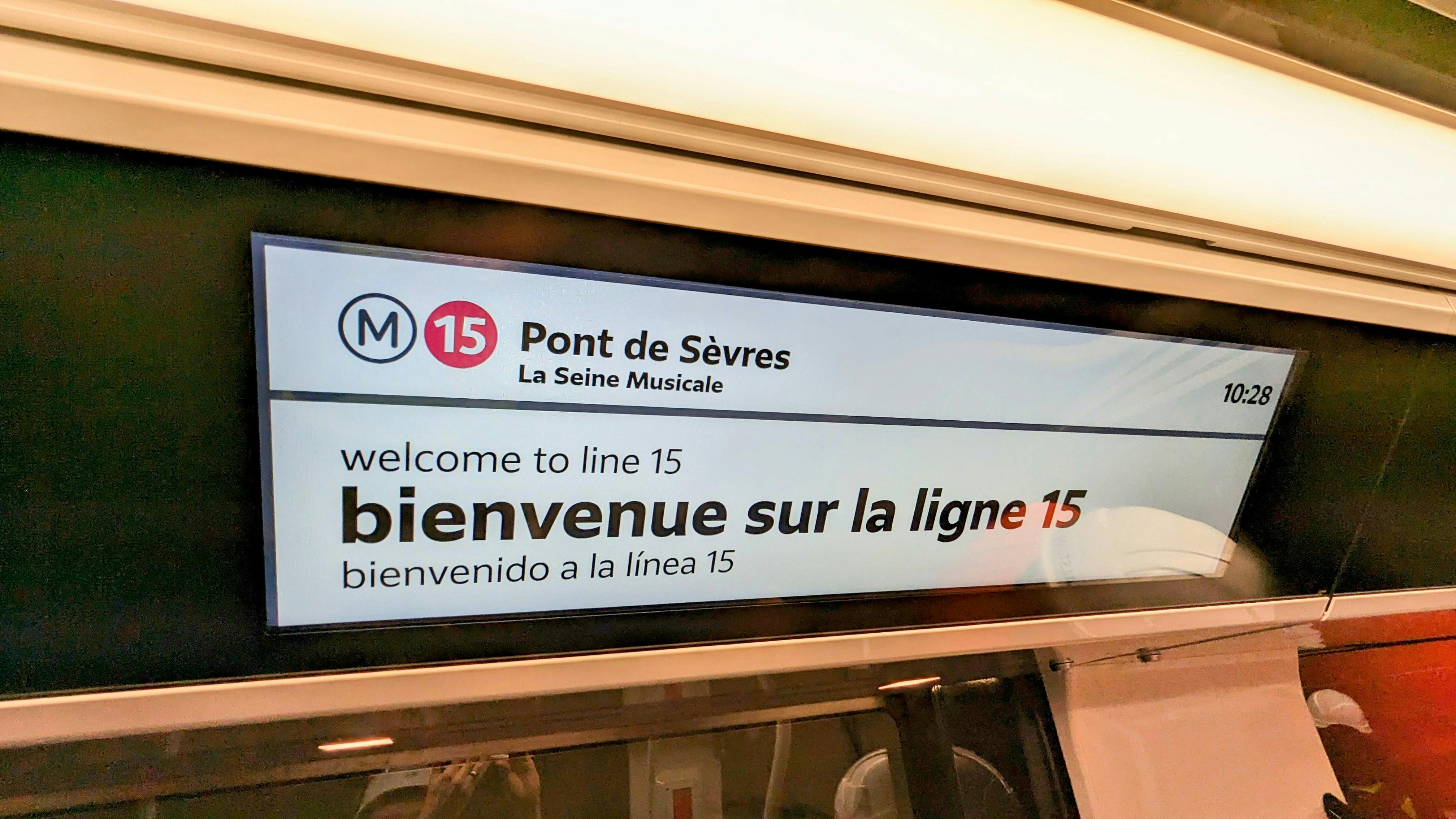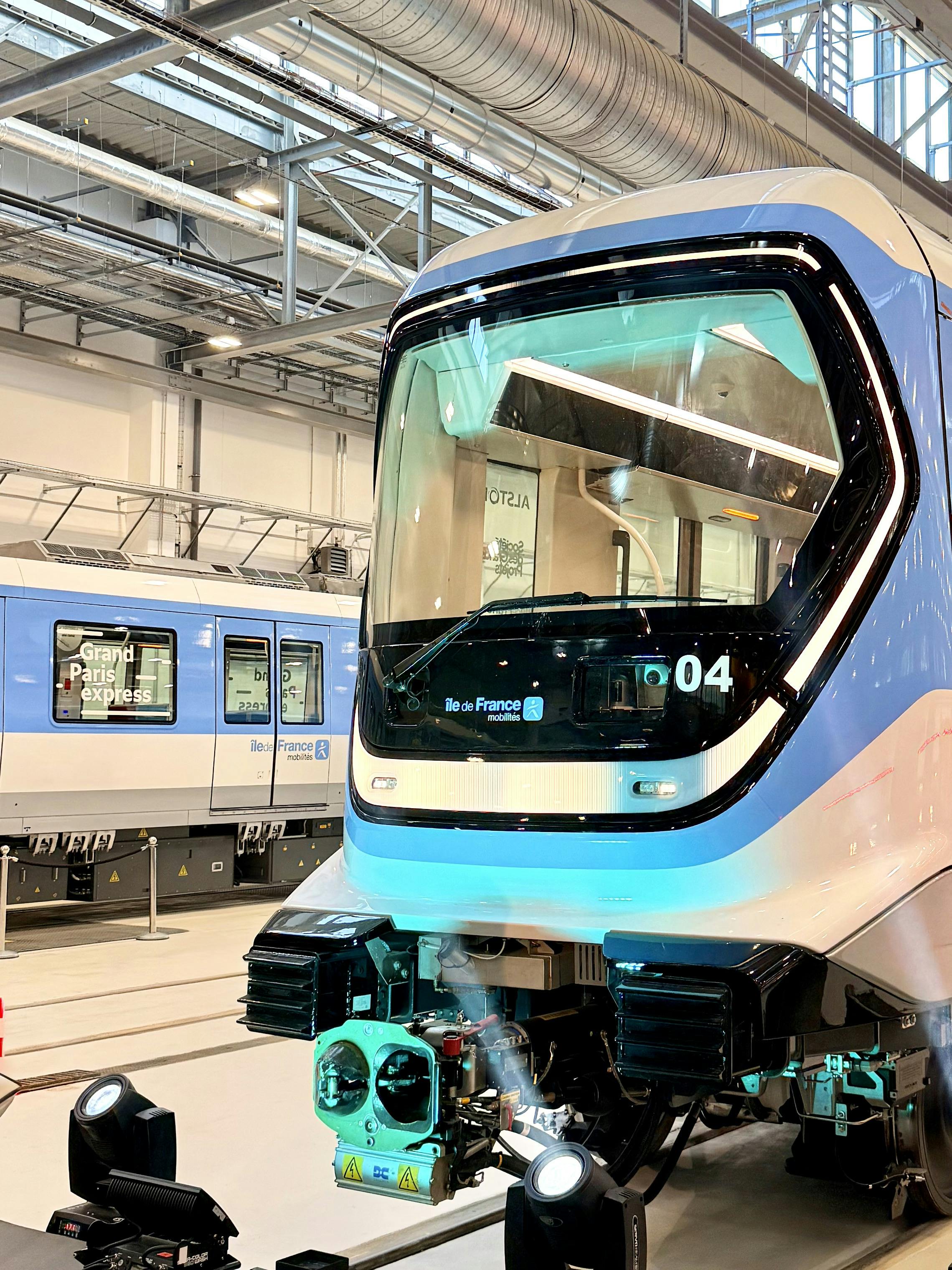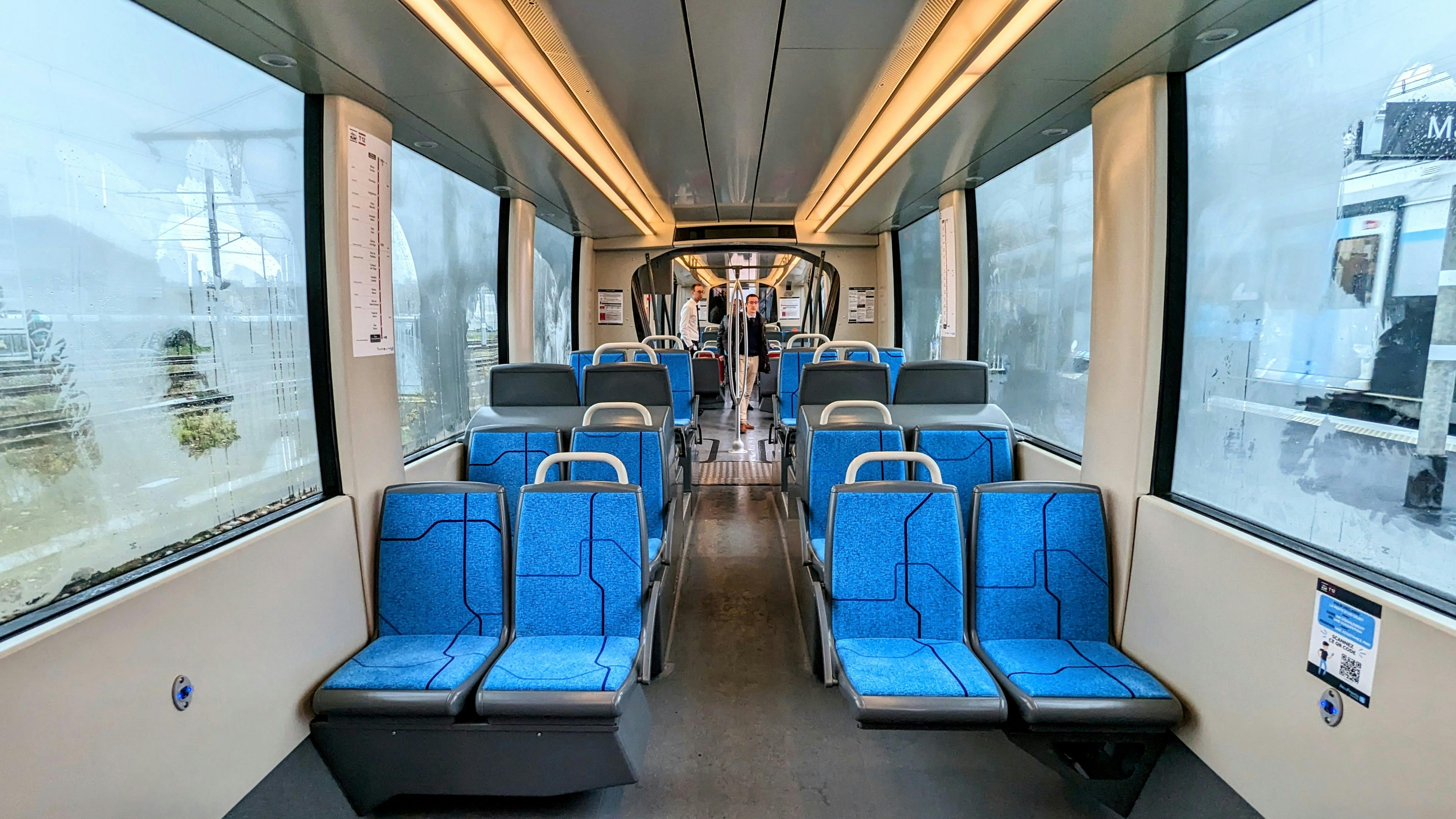Ile-de-France transport: behind the works, a revolution in everyday life
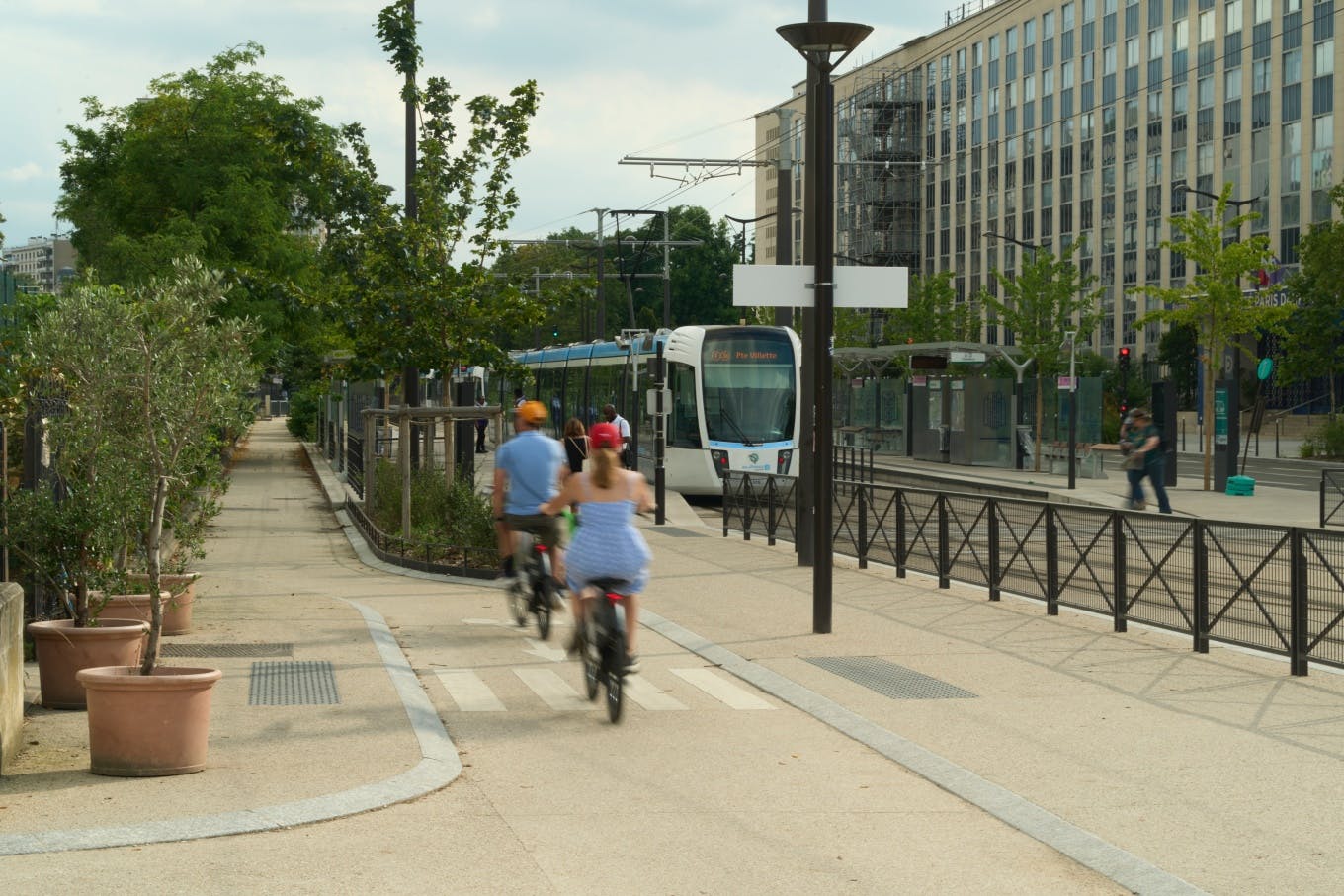
It's back to school. The work has been in full swing all summer with its share of grimaces, but also good news. These projects, although uncomfortable in the short term, herald concrete improvements for the journeys of millions of passengers:
- New lines and extensions to reduce your travel times
- Modernized rolling stock for more comfortable journeys
- Strengthened connections between previously isolated territories
Transportation that transforms more than just your commute
Public transport is a powerful lever for improving the quality of life, protecting the environment, strengthening social justice and equal opportunities (no less). They shape our access to employment, education, care, leisure and our loved ones.
And in this month of September, highlights invite us to take stock of their impact on our society :
- The European Mobility Week (from 16/09 to 22/09): which this year defends mobility "for all": more equitable, affordable and accessible.
- Sustainable Development Week (from 18/09 to 08/10): focused on the achievement of the 2030 Agenda, the UN's 17-goal plan for a fairer and greener future, in which transport plays an essential role (34% of national greenhouse gas emissions come from transport in France in 2023).
- The Back to School of Public Transport (from 16 to 22 September): every year, public transport networks, local authorities and their partners and users meet throughout France to discuss more sustainable and accessible mobility for all. This year, the focus will be on young people and students, and their access to mobility.
Two fares, two fares, a multitude of destinations and more fairness for your travel
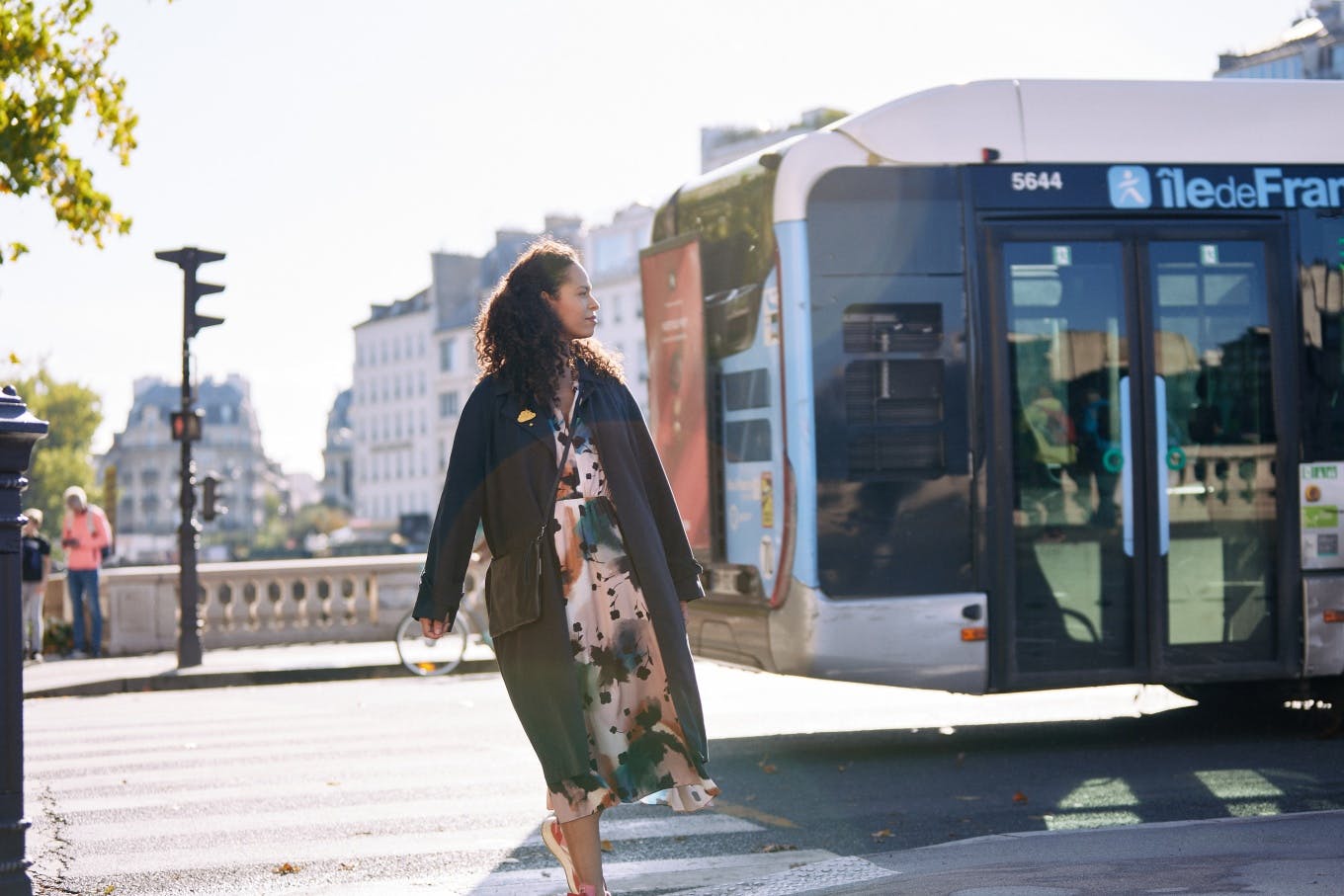
Echoing the concerns of the European Mobility Week for accessible transport for all and the international sustainable development goals, Île-de-France Mobilités has embarked on a historic revolution in collective mobility throughout the region, starting with fares and ticketing.
Two fares to travel wherever you want
Imagine, before September 1, 2025, 50,000 different fares applied for journeys in Île-de-France. Today, two single fares give access to the entire region:
Whether you live in Fontainebleau or Saint-Denis, whether you move to the suburbs or the centre of Paris, mobility is at the service of equality, the price remains the same for everyone.
And because mobility is not a luxury, but a right, Île-de-France Mobilités, the Region and the departments offer fares designed to adapt to the situations and needs of each individual.
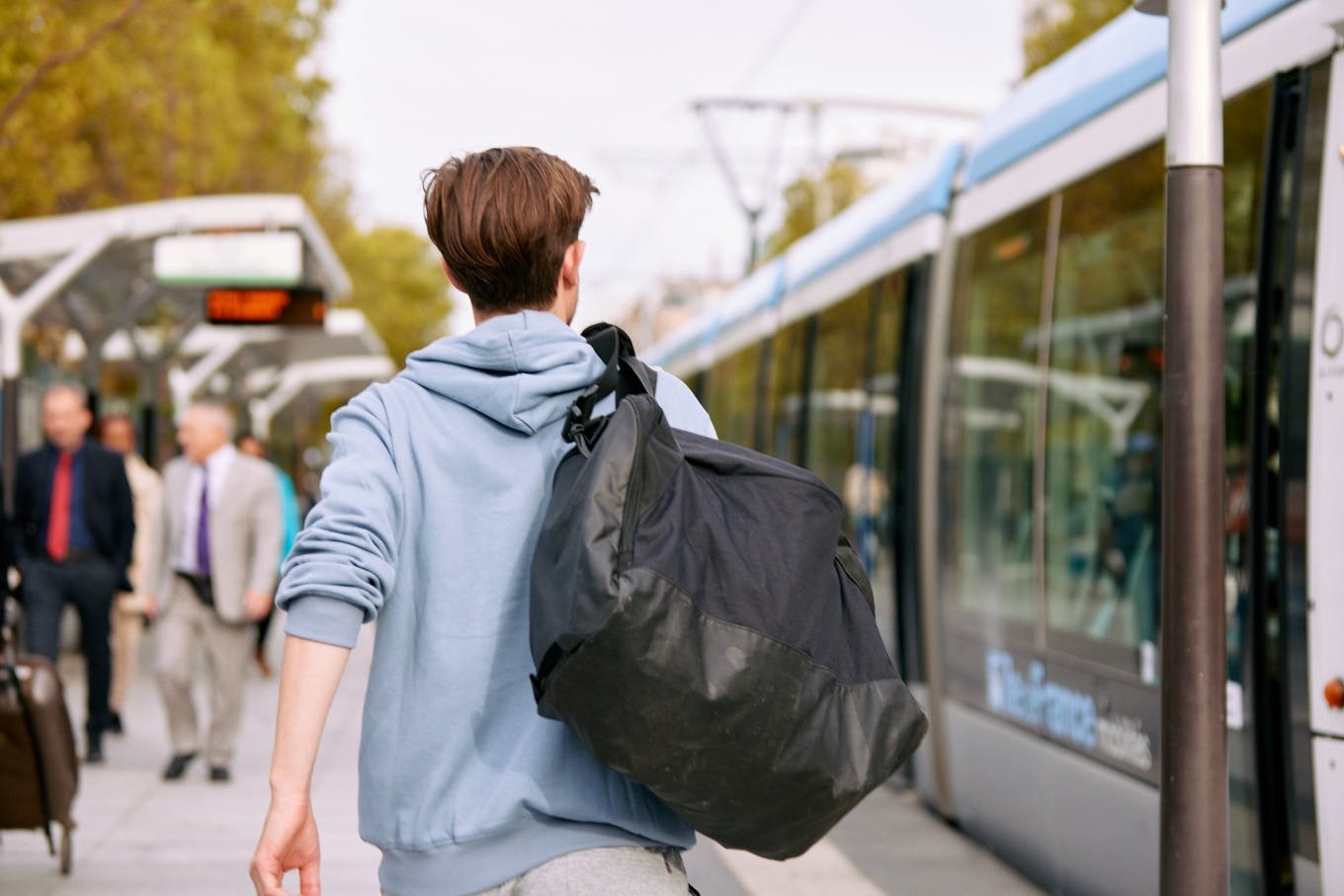
Extensions and new lines: when tomorrow's transport repairs the mistakes of the past
New lines and extensions are not just lines on a map: they are bridges between territories, saving time on a daily basis, opportunities for employment, study and leisure, for millions of people.
For decades, the inner and outer suburbs have been the great forgotten ones in transport policies. Today, the network is developing, adapting and repairing the urban planning mistakes of the past, for a more equitable mobility throughout the region.
Some emblematic examples:
- Line 14: since 2024, it has been linking Saint-Denis to Orly airport, from the north to the south of Île-de-France, with an automatic, air-conditioned and fast metro (it runs every 85 seconds during rush hour).
- The RER E: since 2024 has provided an alternative to the RER A, which is often saturated during rush hour, with new stops between Saint-Lazare and Nanterre-La Folie. It will continue its course a little far to the west of the Ile-de-France region, in Mantes-la-Jolie (Yvelines), by 2027.
- Line 15 south (in progress): will simplify, from the end of 2026, suburb-suburb journeys with a 75 km ring road around Paris (finalised by 2031 after the opening of the western and eastern sections).
- Line 18 (in progress): Orly, Massy, Saclay, Versailles, this new automatic line will connect innovation hubs to residential areas, to boost employment and training in the south of the Île-de-France. Commissioning will begin with a first section at the
- The T12 tram: crosses the Essonne and improves local mobility in the department since 2023, by connecting previously isolated neighbourhoods to train stations and business parks.
A transport offer that covers all territories
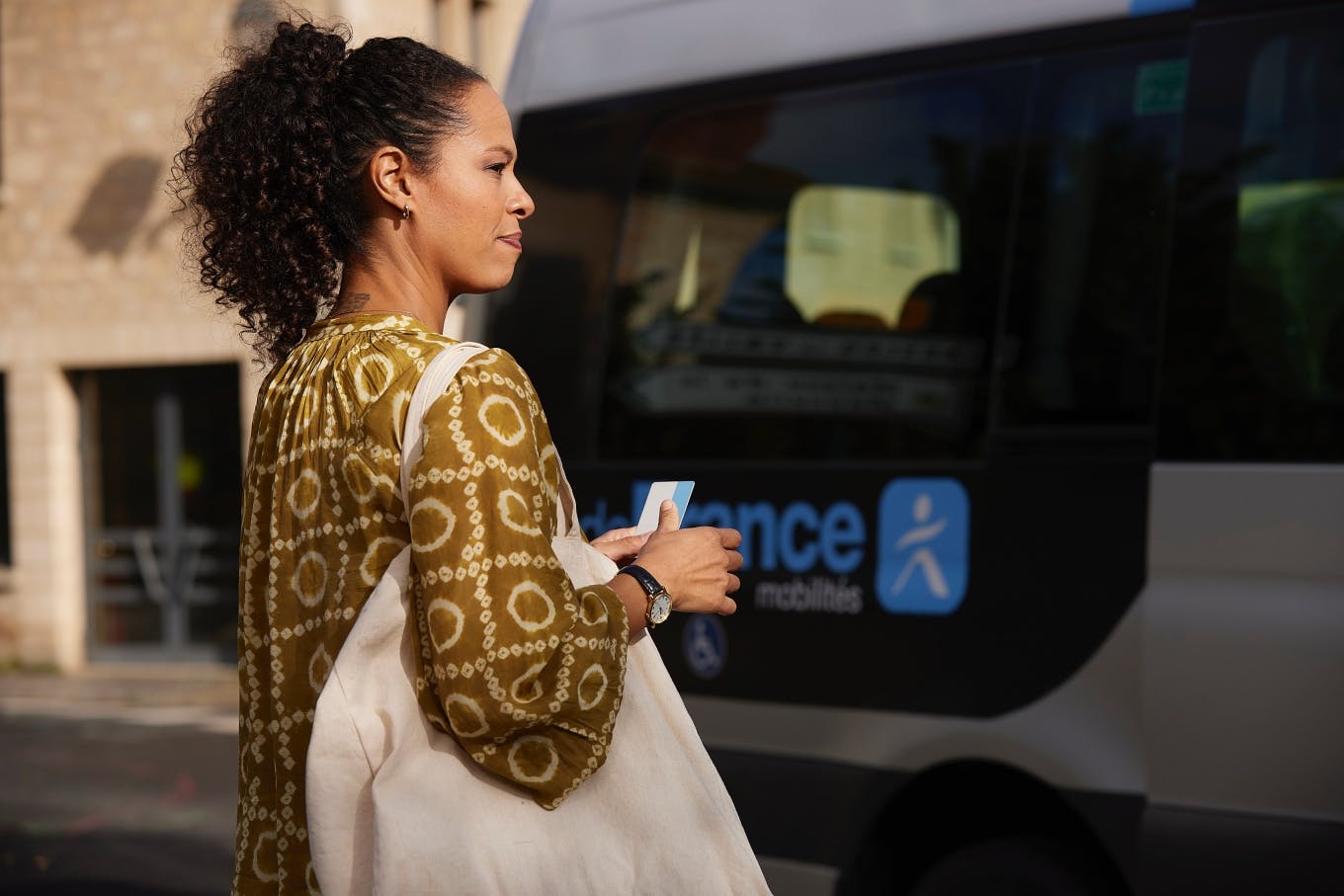
Île-de-France is a mosaic of landscapes and lifestyles: forest, cobblestones, vineyards, a capital, dense urban areas, large monuments and very small villages. In order for everyone to be able to move, the network must be able to adapt to this diversity.
On-Demand Transport: The Bus, but only when you need it
In nearly 70 areas of the outer suburbs, Demand-Responsive Transport (DRT) works like a bus that you book according to your needs. At the price of a standard ticket (€2.50), it connects remote municipalities to train stations, city centres and essential services.
Services that adapt to your lifestyle
Working early, coming home late, going out with friends... Life never stops, and neither does transport :
- Evening bus: The last train has arrived? The bus is waiting for you to finish your journey.
- Hop off on request : After 10 p.m., ask the driver to drop you off as close as possible to your destination, even between two stops.
A network that adapts to all passengers
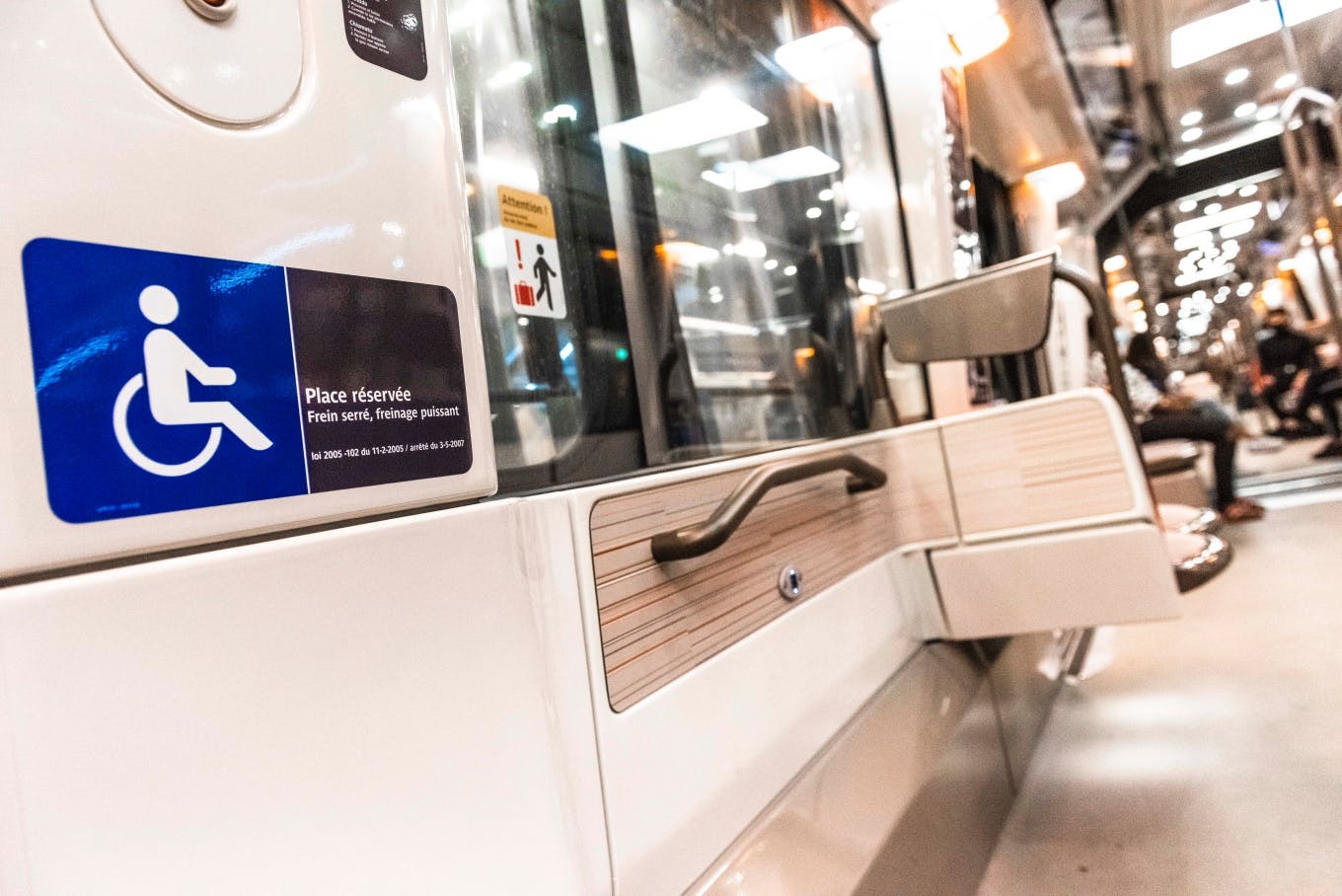
Île-de-France Mobilités is investing massively to ensure that the transport network is truly accessible to all.
Pregnant women, the elderly, parents with strollers, tourists with luggage, passengers in wheelchairs or people with disabilities : we work to ensure that the network transports all Ile-de-France residents in their daily lives.
And the progress is tangible:
- + 300 stations made accessible since 2016 (i.e. 95% of traffic)
- 100% of tram lines are accessible in Île-de-France
- 540 bus and coach lines are accessible in Île-de-France, including 100% of Parisian lines since 2010
- €2.4 billion invested since 2016
Cleaner transport for more breathable air
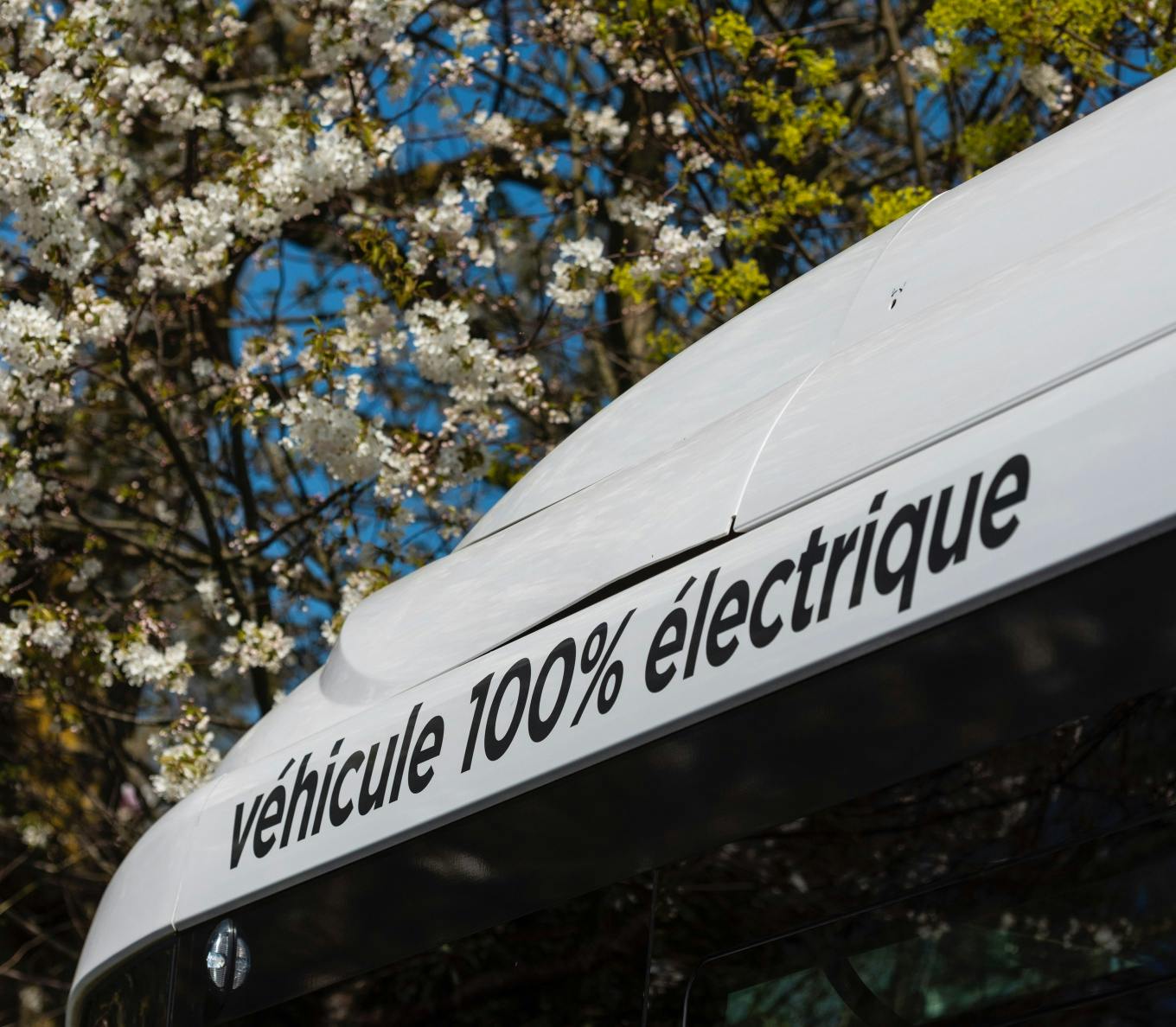
Last but not least, collective mobility is one of the most powerful levers when it comes to carbon footprint and environmental improvement, especially in cities.
Reducing the number of cars, a 100% clean bus fleet, engineering to reduce the emission of fine particles and CO2: living better in Île-de-France also means breathing better and changing our habits, to control the runaway thermometer.
And this requires concrete investments, particularly on the bus side:
- By the end of 2025, the end of diesel fuel thanks to HVO fuel, a plant-based alternative to diesel
- By 2029, 100% of the network's 10,500 buses and coaches will be 0 CO2 emission , thanks to electric and BioNGV
In Île-de-France, public transport is no longer just about connecting dots on a map: it reduces inequalities, opens up new opportunities, protects the environment and makes a real difference in the lives of millions of people.
Whether it's fairer fares, extended routes, tailor-made services or a cleaner fleet, each step forward paves the way towards more sustainable, accessible and equitable mobility for all.
